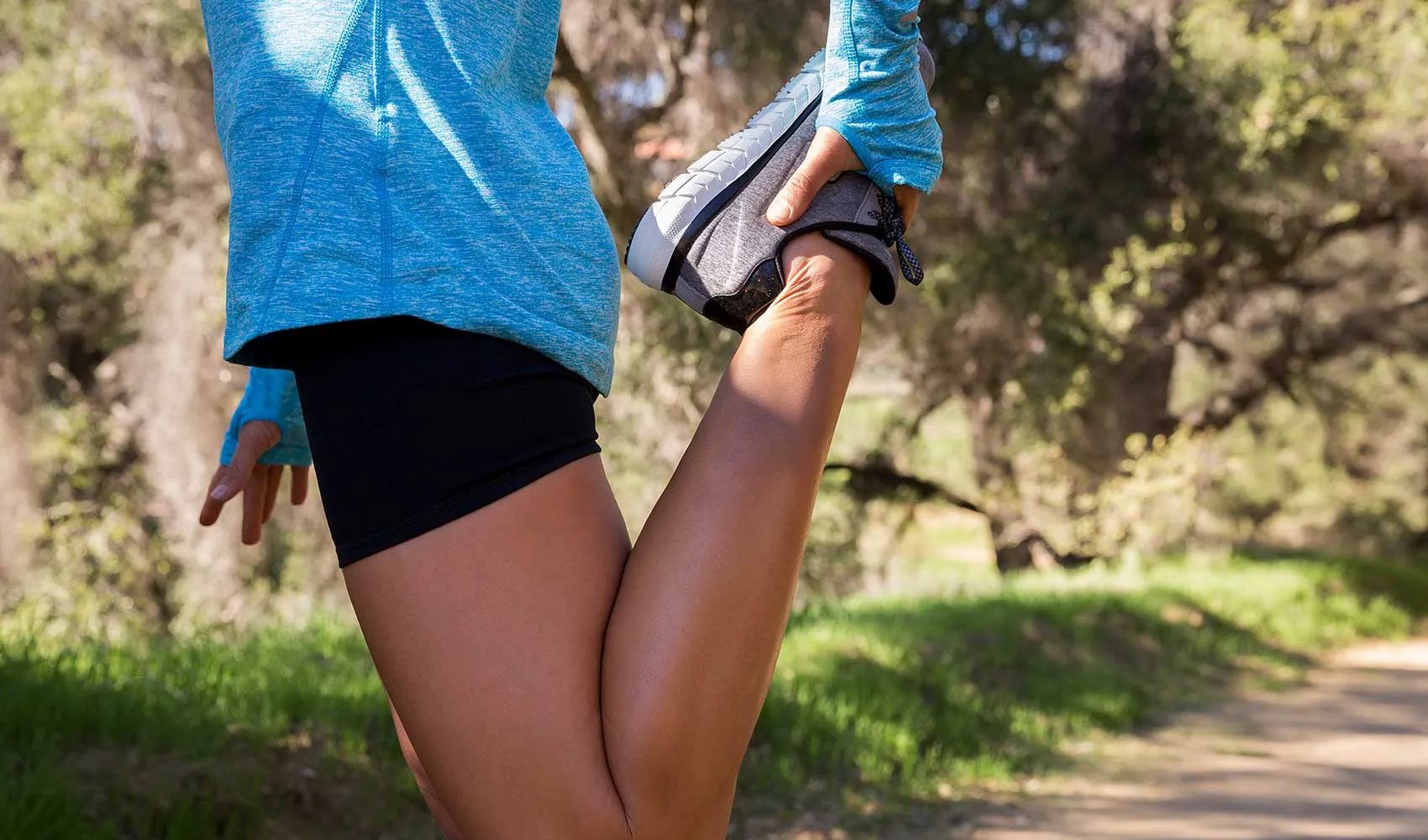
Top Stretching Exercises for Runners
Running is a physically demanding sport that stresses various muscle groups, joints, and connective tissues. Incorporating proper stretching exercises into your running routine not only increases flexibility but also enhances performance and helps prevent injuries. Whether you are a beginner or an experienced runner, a well-designed stretching regimen is essential for maintaining the longevity of your running career.
Understanding the Importance of Stretching for Runners
Stretching plays a crucial role in preparing the body for the rigorous activity of running and aiding recovery afterward. Dynamic stretching before a run helps warm up muscles and improve blood flow, whereas static stretches post-run assist with muscle relaxation and reducing tightness. Consistently performing targeted stretches can improve your stride efficiency, reduce muscle imbalances, and support joint health, ultimately leading to better overall running performance.
Key Stretching Exercises for Runners
1. Standing Hamstring Stretch
The hamstrings are one of the most heavily used muscle groups in running. Tight hamstrings can limit stride length and contribute to lower back pain. To perform this stretch, stand tall and place one heel on an elevated surface, keeping the leg straight. Lean forward gently from the hips until a stretch is felt along the back of the thigh. Hold for 20-30 seconds on each leg.
2. Quadriceps Stretch
The quadriceps are key muscles in propelling your body forward. This stretch targets the front thigh muscles and improves knee flexibility. Stand upright and balance on one foot while bringing the opposite heel toward your buttocks. Grab your ankle and pull it gently, keeping your knees close together. Hold for 20-30 seconds and switch legs.
3. Calf Stretch
Strong and flexible calves help absorb impact and stabilize your ankles during running. Standing facing a wall, place your hands against it. Extend one leg back with the heel flat on the ground and bend the front knee towards the wall. You should feel a stretch in your back calf. Hold for 20-30 seconds and repeat on the other leg.
4. Hip Flexor Stretch
Hip flexors are often tight in runners due to prolonged sitting and repetitive strides. A tight hip flexor limits hip extension, which can shorten your stride and cause discomfort. To stretch, step one foot forward into a lunge position while keeping the back leg straight and the hips squared. Gently press the hips forward until a stretch is felt in the front of the hip. Hold for 20-30 seconds per side.
5. IT Band Stretch
The iliotibial (IT) band runs along the outside of your thigh and, when tight, can cause pain around the knee. To stretch it, stand upright, cross the leg furthest from the wall behind the other, and lean your hip toward the wall. You should feel this stretch along the outside of the crossed leg. Hold for 20-30 seconds then repeat on the other side.
6. Glute Stretch (Seated Figure Four)
Strong gluteal muscles help stabilize the pelvis and reduce the risk of injury. Sit on the floor with one leg extended and cross the opposite ankle over the extended knee. Gently press the crossed knee towards the floor while keeping your back straight. Hold the stretch for 20-30 seconds, then switch sides.
7. Dynamic Leg Swings
Before running, dynamic stretches such as leg swings activate muscles and improve mobility. Holding onto a wall or support, swing one leg forward and backward in a controlled motion for 10-15 repetitions, then switch legs. This activates hip flexors, hamstrings, and glutes, preparing your legs for the run.
Integrating Stretching Into Your Running Routine
For optimal benefits, start your running session with dynamic stretches like leg swings, walking lunges, or high knees to prepare the muscles and joints. After your run, dedicate time to static stretches listed above to enhance muscle recovery and maintain flexibility. Consistency is key, so try to incorporate these stretches into your daily or post-run regimen.
Avoid overstretching or bouncing during stretches, as this can lead to muscle strain. Each stretch should feel comfortable, held at a point of mild tension, never sharp pain.
Benefits of Stretching for Runners
Regularly stretching before and after running offers several advantages:
- Improved Flexibility: Helps lengthen muscles and increase range of motion.
- Injury Prevention: Reduces risks of muscle strains, tears, and joint complications.
- Enhanced Performance: Greater muscle elasticity allows for more efficient running strides.
- Faster Recovery: Aids in clearing lactic acid build-up and reduces muscle soreness.
- Better Posture and Alignment: Helps correct muscle imbalances that affect running mechanics.
Conclusion
Running is a rewarding and challenging exercise that requires proper preparation and recovery. By embracing a structured stretching routine tailored to the needs of runners, you promote muscle health, boost overall performance, and minimize injury risks. Whether you are training for a marathon or running for fitness, these top stretching exercises will serve as essential tools in your running toolkit.





